In 2012, Lee Hale, curator and head of Winterbourne House and Garden, was asked to visit a cellar at Westmere House down the road in Edgbaston. He arrived to find printing presses and equipment that were destined to be dismantled and taken away. Lee had no prior experience of printing, but enjoys collecting artefacts and decided to install the presses in the old garage at Winterbourne. It took volunteers and retired printers over several years to restore the presses and type to working order.
Lee's initial research revealed that the presses had been used by students at the University of Birmingham and worked under the name of The Flat Earth Press, which ceased printing in the mid 1970s. Perhaps the advent of new printing technologies appealed more to students who were busy writing their theses and enjoying student life.
Winterbourne Press is now a vibrant, working press. Workshops are being run with partners across business and education in order to share and preserve the craftsmanship and history of printing, a beautiful art that requires technical skill and ability.
Winterbourne contains several presses from different eras, including a fully restored Arab hand fed platen press from c. 1930, a Gem proofing press, still in immaculate working condition from the 1880s, an Imperial Press from c. 1830 and a number of Adana presses from the 1960s. The facilities at Winterbourne also comprise a separate compositing room with many metal and wooden types, including those relating to two local pioneers of print, Baskerville and Caslon.
The print room owes its character to a time in printing history that has since been transformed due to technological advances. Visitors to the Winterbourne Press will therefore enjoy an immersive experience as they step back in time to learn of the people and technology behind the historic printed word. Please feel free to contact Lee Hale and Becky Howson for more details.

